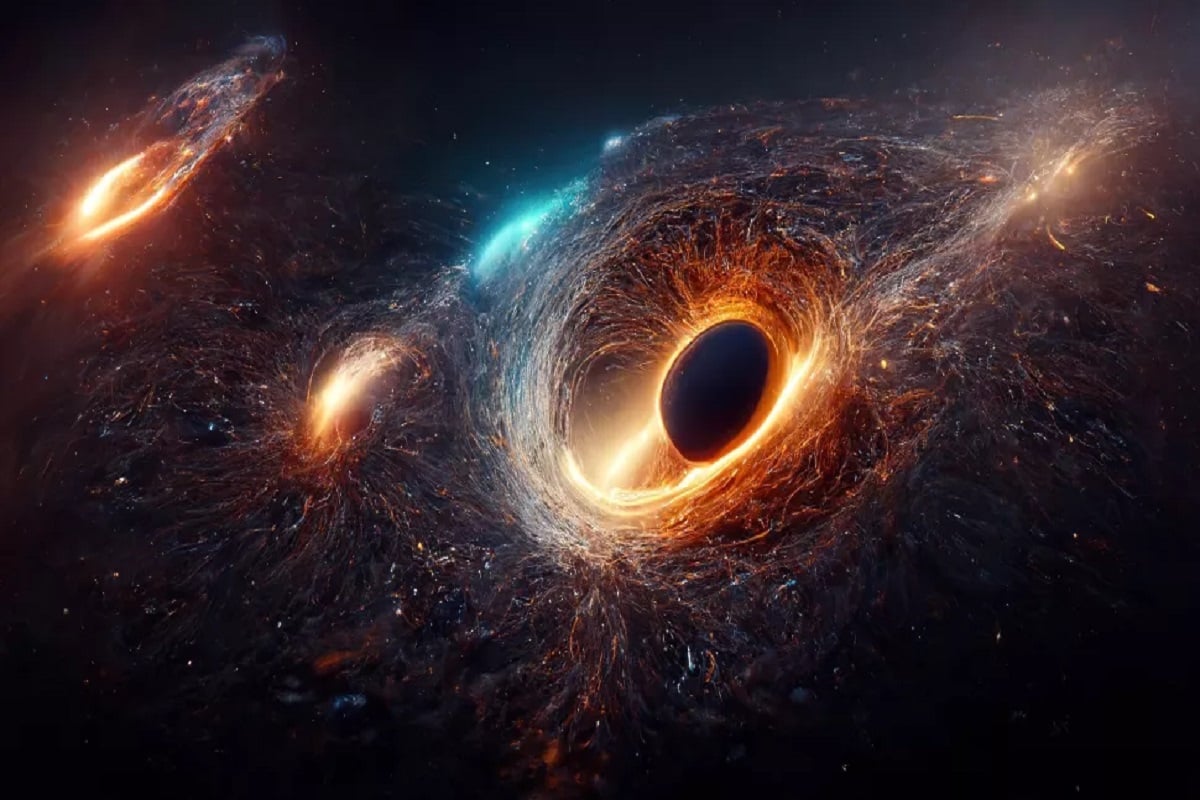A new theory has been proposed that says all massive objects, remnants of dead stars and other large objects may eventually vanish. This theory challenges the long-held notion of black holes, first proposed by Stephen Hawking in 1974.

Heino Falke, the lead author of the study, explained that objects outside the event horizon could not escape the black hole’s gravitational pull. Over an extended period of time, this radiation can lead to the evaporation of everything in the universe, which is what happens to black holes. This changes not only our understanding of Hawking radiation but also our understanding of the future of the universe.
The researchers published their findings June 2 in the journal Physical Review Letters. According to quantum field theory, empty space is not really empty but vibrates there. These vibrations can give rise to virtual particles, which are packets of light called photons when they have enough energy.
In his 1974 paper, Hawking predicted that black holes would produce photons through intense gravitational forces near the event horizon. According to Einstein’s theory of general relativity, gravity distorts space-time, causing the quantum field to become increasingly distorted as it approaches a black hole.
Here energy disparity occurs and photons appear in the distorted space around the black hole. These photons extract energy from the black hole’s field and, if they are able to escape, contribute to the black hole’s total energy decay over long periods of time. To determine whether this theory can accurately predict the fate of our universe, physicists need to observe the production of Hawking radiation around gravitationally dense objects such as black holes, planets, or neutron stars.
